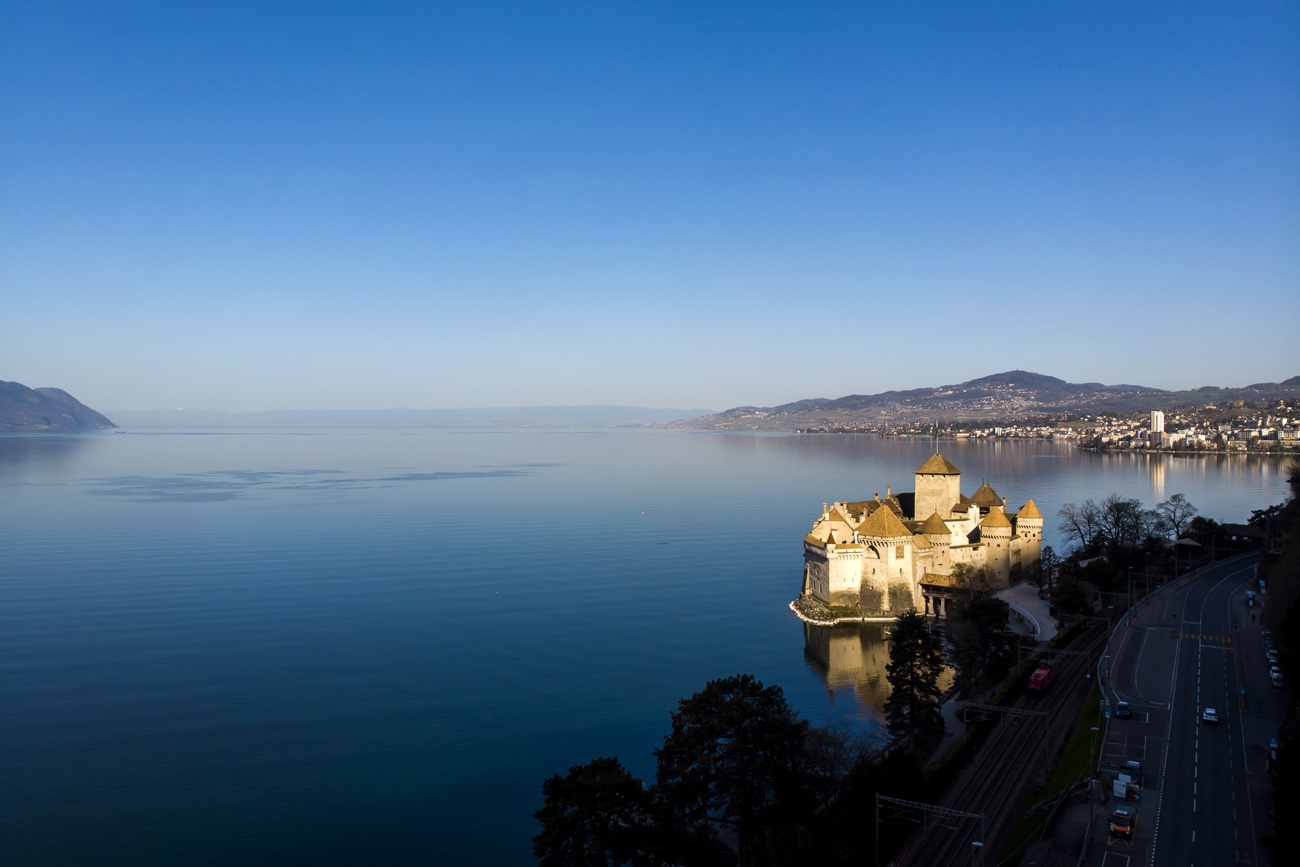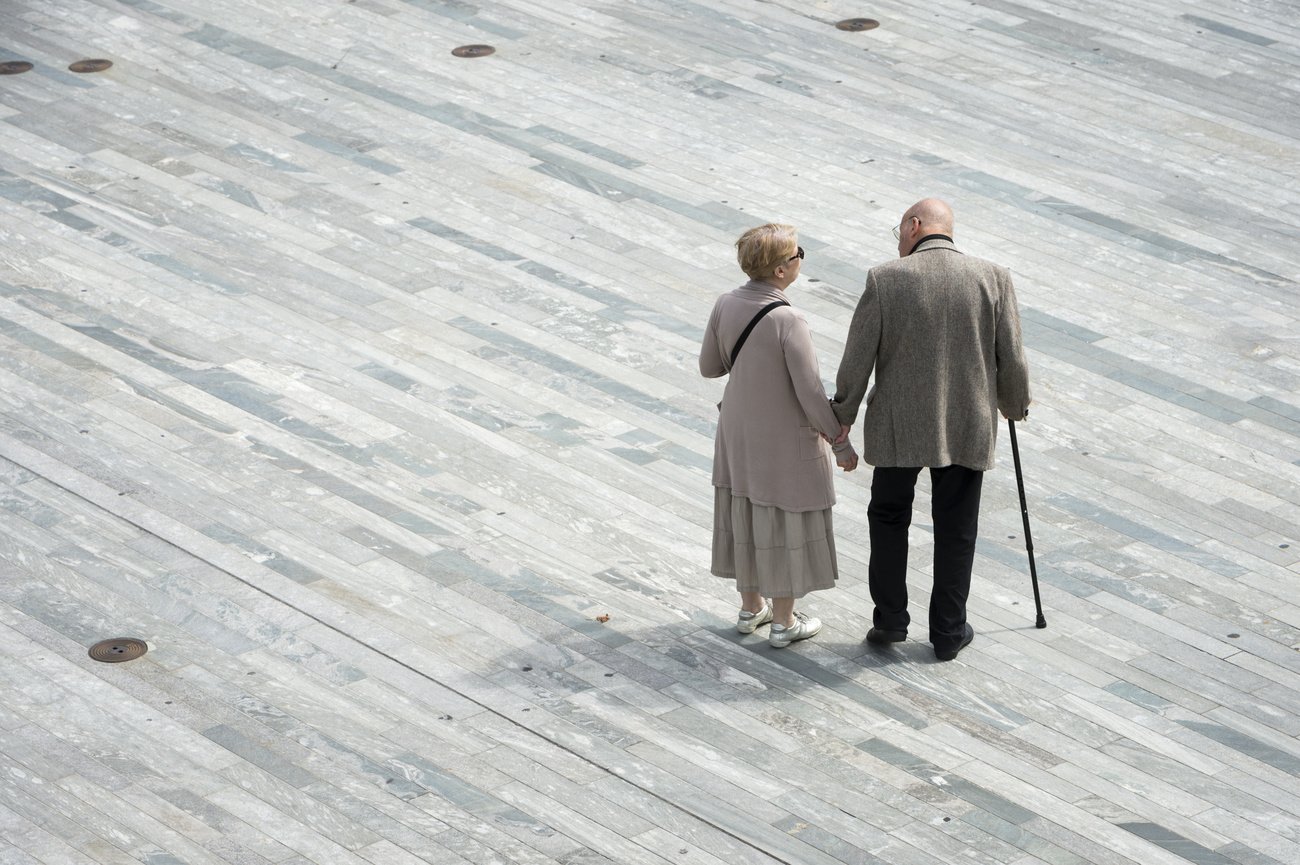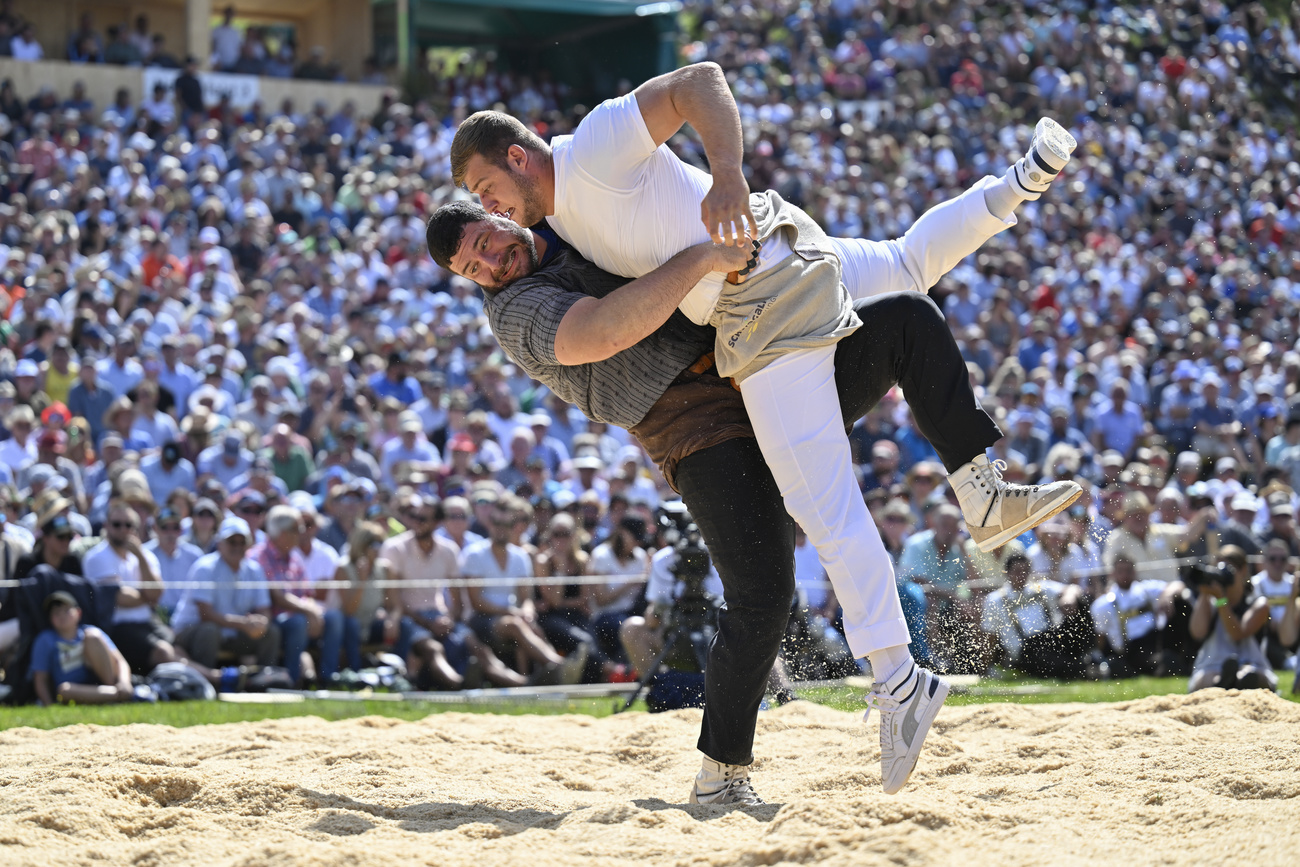
Switzerland Today
Hello from Bern,
There's a new train expected to make its debut this December that is sure to offer some of the best views of the lakes and mountains of Switzerland. But it's not just the views that have train lovers excited. Apparently, it's using an innovative gauge system that means the train can transition between tracks of different widths without even stopping. This and more news in today's briefing.

In the News: Novartis and Sandoz part ways, UBS donates big bucks to ETHZ, and Switzerland’s population is getting older.
- Novartis has announced that it plans to spin off its generics and biosimilars division Sandoz into a separate entity. The company initiated a strategic review of the business last year as the Swiss pharma firm looks to focus more on innovative, higher value medicine. Novartis CEO Vas Narasimhan said this was in the best interest of shareholders and didn’t expect further layoffs. The company has been undergoing a major restructuring, which led it to shed 10% of its workforce.
- UBS will donate CHF40 million (around $41.5 million) to the Swiss Federal Institute of Technology in Zurich (ETHZ) for entrepreneurship and building infrastructure. Half the sum will be spent on two initiatives: helping young entrepreneurs set up businesses and encouraging school pupils to gravitate. The other half of UBS’ largesse will go towards the construction of a new building on ETHZ’s Hönggerberg campus in Zurich.
- Switzerland’s population is growing albeit at a similar pace seen over the last five years according to federal statistics released today. The growth is in part due to immigration, which increased by 1.5% in 2021. More people moved out of Switzerland though. Of them, 28,700 Swiss nationals moved abroad in 2021. The other reason for growth is that people are simply living longer. The number of centenarians increased by 9.4%.

Swiss wrestling has a weight problemThere’s no escaping the heat, even in the Arctic
The Swiss Wresting and Alpine festival (Eidgenössisches Schwing und Älplerfest) officially starts tomorrow and there’s plenty of commentary in Swiss media about who is going to take home the big prize and be named Schwingerkönig (Swiss wrestling king).
I don’t know much about the sport of Schwingen. I know that the men who participate in the sport tend to be on the larger side, but I didn’t know, until reading this Tages-AnzeigerExternal link story, that there are no weight classes in the sport. At first glance, this may seem unfair and even strange to outsiders, writes the paper.
But apparently that’s not always the case. The smaller ones can be quick and often have more endurance, say some of the bigger athletes. Plus, “it makes the sport exciting,” says one wrestler Patrick Räbmatter. It’s also this battle between David and Goliath that adds to the allure of Schwingen, writes the paper.
That all may be true but Swiss wrestlers have gotten bigger over the years. In the 1990s, wrestling “kings” didn’t exceed 1.90 metres (6ft2in). Today, you’re hard pressed to find a top wrestler under that height. Only one winner of the last four national wrestling events was below 1.90 metres. “Samuel Giger, who has won five wrestling festivals this season and is considered the top favorite for the title, is to a certain extent the prototype of the new generation of top wrestlers,” writes Tages-Anzeiger. The 24-year-old powerhouse weighs 123 kilos (271 lbs) and is 1.94 metres tall.
Even if the smaller wrestlers still have a fighting chance, the whole average has shifted upwards. As Kilian Wenger, the 2010 wrestling king told the news daily Blick in May: “120 is the new 100 in wrestling”.
In the past 7500 years, it has never been as warm in the Arctic as it is now. That’s according to a new study by the Federal Institute for Forest, Snow and Landscape Research at the University of Geneva.
While the results of the study, which were published in Nature, are interesting, what’s equally intriguing is how the study was conducted. The researchers went on 20 expeditionsExternal link to the Arctic over 40 years to collect tree ring samples, which they dated, and used to reconstruct the climate of past millennia. With these samples, the researchers have created the longest tree ring chronology from the Arctic region.
Since there are no roads in Yamal peninsula, the researchers moved around by boat on the rivers. From the river sediments, they dug out trees and sawed them up to take samples. Here’s a look at what life is likeExternal link for researchers digging up tree samples in the Arctic.
More

In compliance with the JTI standards
More: SWI swissinfo.ch certified by the Journalism Trust Initiative

